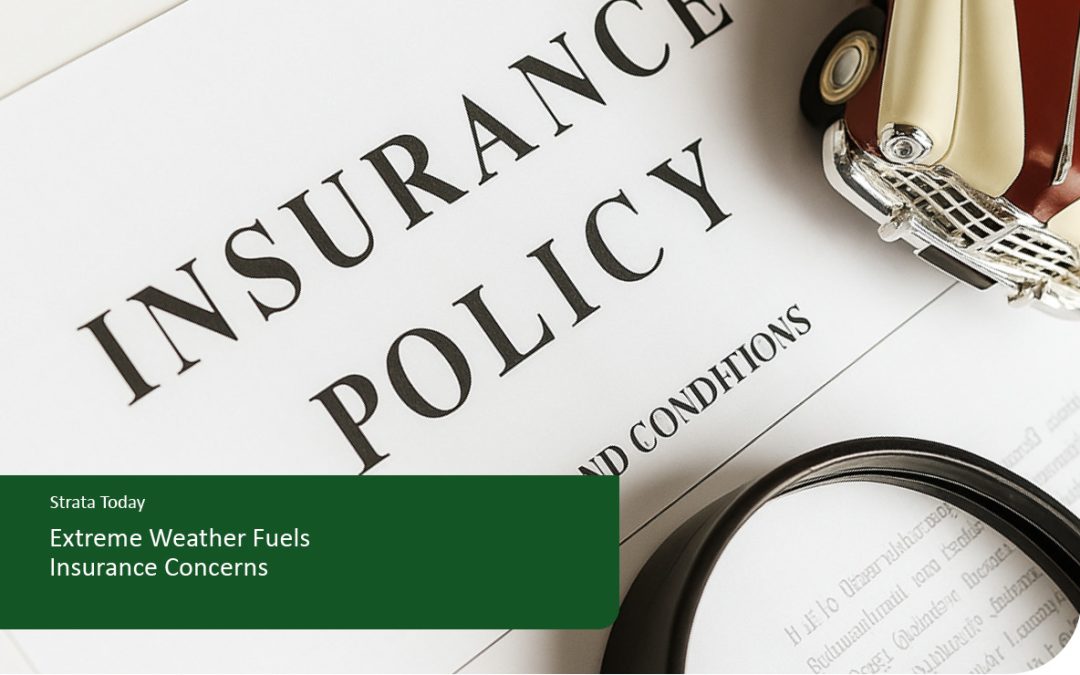The financial toll of extreme weather events such as floods, bushfires, and storms has nearly tripled in Australia since the 1990s, according to insurers, with the burden falling disproportionately on poorer communities.
Australia’s exposure to extreme weather is rising, driven by the climate crisis, ageing infrastructure, and growing populations in high-risk areas, according to a report released by the Insurance Council of Australia. The report found that extreme weather has led to an average of $4.5 billion in insurance claims annually during the 2020s. In 2025 alone, three declared catastrophes generated nearly $2 billion in claims, the majority linked to housing.
Ex-Tropical Cyclone Alfred accounted for more than $1.4 billion in insurance claims from households and businesses, while flooding in north Queensland in January and in New South Wales mid-north coast and Hunter region in May made up a further $540 million. Smaller, non-catastrophic weather events added millions more to the total.
“While Australia has always faced extreme weather, the accelerating losses per person and their compounding impact on communities is costly and ongoing,” said Andrew Hall, chief executive of the Insurance Council of Australia. “Each decade is costlier than the last.”
The report also found that economic losses from extreme weather events have nearly tripled over the past 30 years even after adjusting for inflation citing analysis from global insurer Munich Re.
Australia is now incurring higher average per capita economic losses from extreme weather than France, Germany and Canada, according to the analysis. Insurance claims and associated costs are expected to continue rising as global temperatures climb, said Professor Seth Westra, a climate risk expert at the University of Adelaide. “You’ve got fire damage, flood damage, coastal inundation, tropical cyclones – each of these is expected to have more severe impacts because of climate change,” he said.
“There’s absolutely no sign of that stopping … The trajectory is only up, in terms of insured costs.” Australia faced billions more in uninsured losses, with just under half of Australia’s annual losses from extreme weather not covered by insurance, according to the report.
As climate-driven disasters grow more frequent and severe, homeowners in flood- and fire-prone regions are facing soaring insurance costs. According to the Insurance Council of Australia (ICA), an estimated 186,000 of the 242,000 Australian homes most at risk of flooding do not have flood cover. Of those, 70% are located in areas where average incomes fall below the national median.
“There’s a clear correlation between high flood risk and socioeconomic disadvantage, with our country’s most vulnerable the least likely to have an insurance safety net when disaster strikes,” the report stated. The number of homes considered uninsurable is expected to rise as global warming intensifies. The Albanese government’s national climate risk assessment warned that up to 185,000 properties in Queensland could face a “very high risk” of natural disaster if global heating continues unchecked.
That assessment also projected that the annual cost of extreme weather across the economy could reach $40 billion by 2050 even if global temperatures are limited to a 1.5°C rise. Without insurance coverage, the cost of recovery would increasingly fall on governments, said Professor Seth Westra, a climate risk expert at the University of Adelaide.
“Governments need to think about what happens if, all of a sudden, large parts of the country can’t afford insurance anymore,” Westra said. The ICA has urged governments to invest in mitigation and resilience measures, and to remove insurance taxes that drive up premiums particularly for those already facing high flood risk.
As extreme weather becomes the new normal, the challenge for policymakers will be ensuring that insurance, and recovery remains within reach for all Australians.
